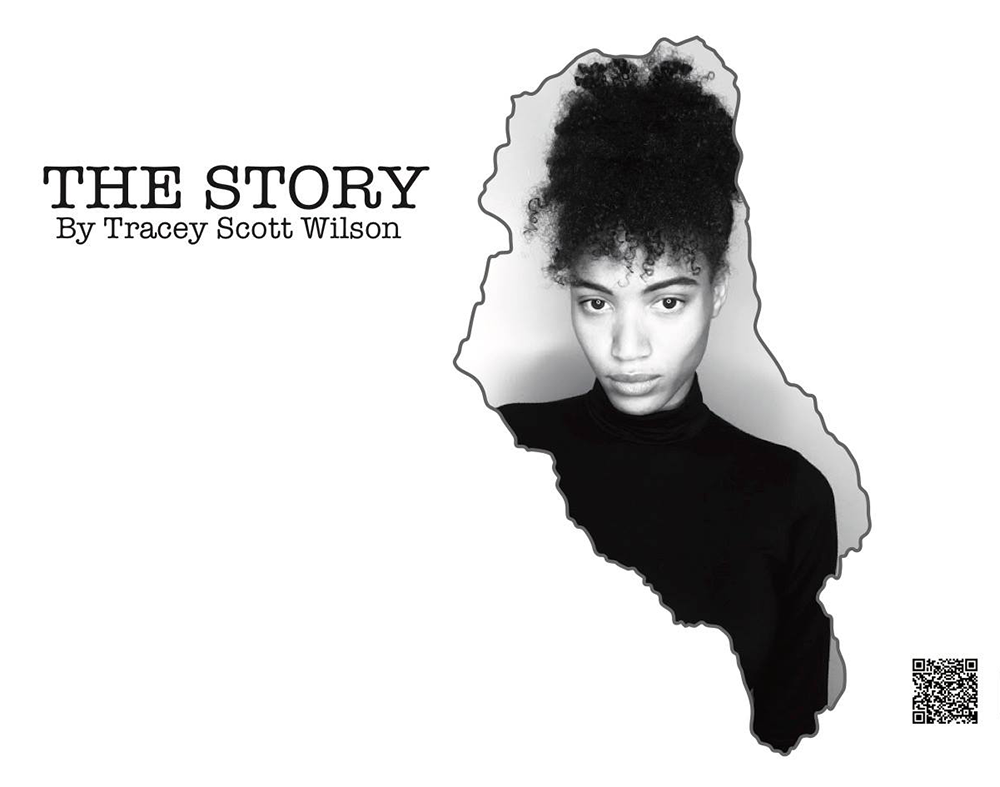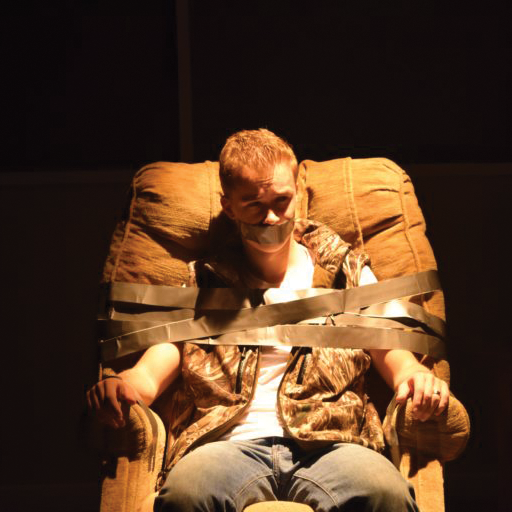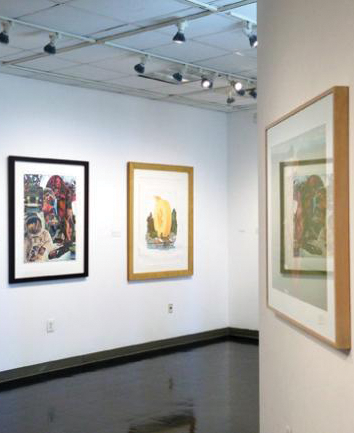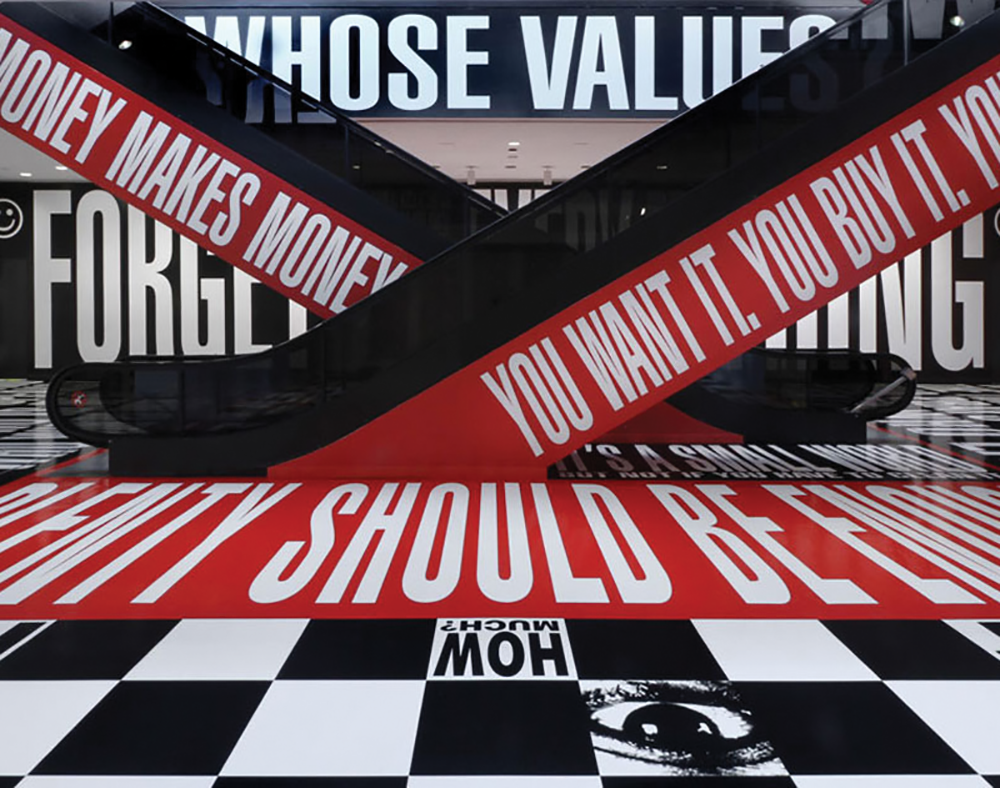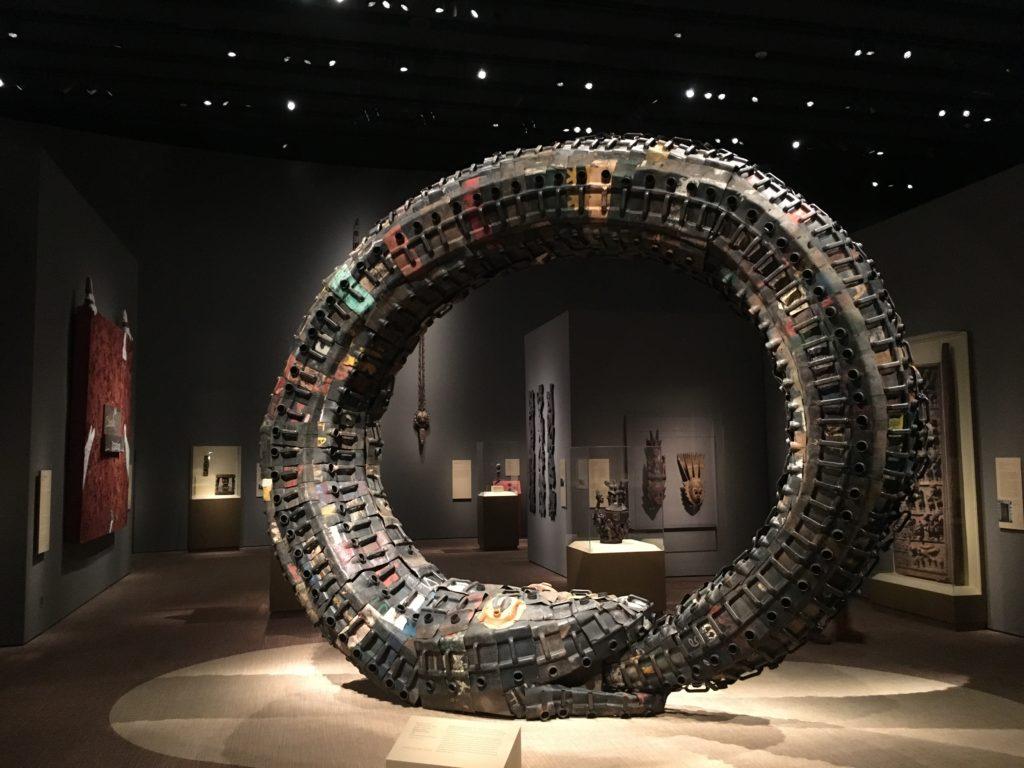
“Our primary goal is simply, ‘Look closely, see further,’” said Kevin Dumouchelle, exhibit co-curator, during the press preview for the Smithsonian National Museum of African Art’s upcoming exhibit, “Visionary.”
Opening on Nov. 4 and remaining in the museum as part of its permanent collection, “Visionary” will be the largest long-term presentation of the museum’s collection in over a decade.
The exhibit consists of over 300 works of art spread over nearly 6,000 feet of the museum’s second floor. The pieces are organized into seven rooms, each exploring a different perspective on art.
Although Africa is the second largest continent and contains 55 countries, the Smithsonian National Museum of African Art is the only museum dedicated to the exploring Africa’s art over time, according to Karen Milbourne, another curator of the exhibit.
“We are an international platform speaking to the complexity and creativity of Africa’s art,” Milbourne said. “Visionary” contains more than 30 artists from 27 African countries.
Milbourne also emphasized the ways in which the museum’s curators worked to prevent the collection from becoming static and to draw visitors in.
“We want the museum public to feel invested in what lies within our walls,” she said.
Two of the artists who contributed to the exhibit, Ghada Amer and Mary Sibande, were present at the preview tour. Both are previous recipients of the Smithsonian Artist Research Fellowship, a program that invites artists to come to the museum to do research that strengthens their work. Amer and Sibande are also this year’s African Art Awards Dinner honorees.
Sibande is a practicing artist based in South Africa whose work focuses on stereotypes about and the depiction of women.
“It’s a great honor to receive this award,” Sibande said, “It’s a reminder of where I am in terms of my practice.”
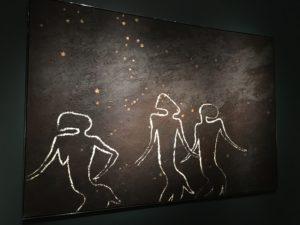
Amer was born in Egypt, grew up in Europe and now lives in New York. In her work, she provides commentary on cultural identity and the ambiguity of the term “African American.”
Upon being honored with the award, her first, Amer said, “It’s wonderful because it feels like my art is being understood and appreciated.”
“Visionary” is intentionally broad-based and pluralistic in its exploration of how African artists have added meaning to objects. It does this by leading visitors through seven artistic perspectives: those of collectors, scholars, artists, patrons, performers, museums and museum visitors themselves.
The first room of the exhibit, “Love at First Sight,” tackles the first perspective — that of the collector. This room houses pieces from the Walt Disney-Tishman African Art Collection, many of which have not previously been exhibited.
“This is the canon,” Milbourne said. “You’re seeing the single most famous pieces of African art.”
The heart of the exhibit is “Visionary Artists,” the largest room located in the center of the exhibit space. “Visionary Artists” explores artists, artistic agency and the execution of creative vision.
“We’re trying to get visitors to see differences where they previously saw homogeneity,” Milbourne said. “Schools need to change their conversations about the African continent.”
In “Looking Lab,” museumgoers are encouraged to pause while viewing the works of art and look for important visual details.
“We’re saturated with images and tend to buzz by them,” Milbourne said. “This room is meant to make people stop and think.”
Milbourne also noted that many viewers come to museums expecting to be handed iPads and to interact with the art electronically. She emphasized that this is not the way this exhibit functions, and that she and her fellow curators hope to encourage people to appreciate the physical works themselves.
“The Smithsonian is the home to the things, not their virtual representations,” she said.
“Moving Arts,” the sixth room in “Visionary,” expands upon the notion of interaction and seeks to answer questions about how the works of art and ideas have traveled. A video screen shows clips of arts in motion, such as dance, divination and masquerade performance.
“African artworks were not designed to be seen the way we see them here, sitting in glass vitrines mutely, quietly,” Dumouchelle said.
Lines on the floor lead visitors around the room to different quotes, which each explain the different ways in the arts can be in motion: “Instruments are played,” “objects are handled” and “masks dance.”
“Visionary” is a coherently designed, compelling exhibit that leads visitors through various viewpoints of African art. Through the generosity of contributors and the curatorial work of people like Milbourne and Dumouchelle, the National Museum of African Art succeeds in creating a multifaceted narrative on African artists and demonstrating the breadth and diversity of African art.
As Milbourne explained, “This is the place where the story is starting to change.”
“Visionary” will be available for viewing at the Smithsonian National Museum of African Art beginning Nov. 4. The museum is located at 950 Independence Ave SW. Admission is free.









